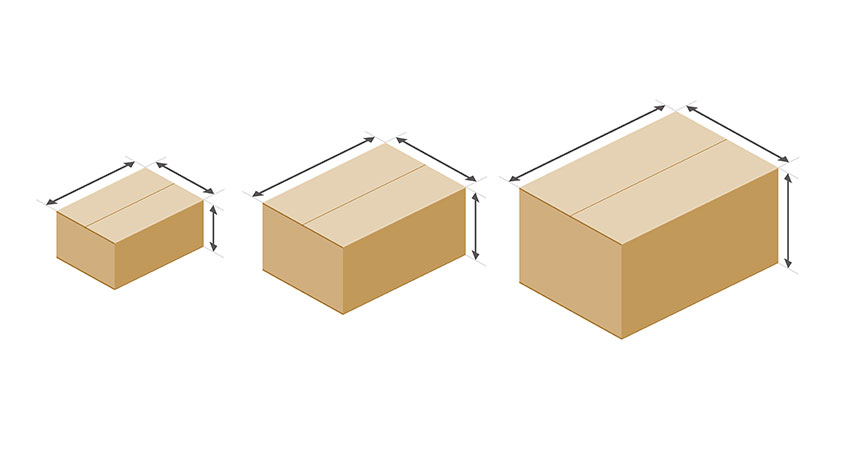Five months after it was initially scheduled to go into effect, the U.S. Postal Service will change how it calculates dimensional weight pricing while expanding DIM pricing to all zones across its Priority Mail Express, Priority Mail and Parcel Select products.
For Priority Mail, DIM pricing was already in effect in zones 5-8 served by air freight. The change will spread it across zones 1-8, covering both domestic ground and air. Shipments to all zones using Priority Mail Plus and Parcel Select had already been subject to DIM.
“It’s been industry practice to charge DIM not just for air products but ground also,” said Sharon Owens, acting vice president of sales for USPS. “Now we’re more aligned with the industry and it reflects the impact of the cube across the entire cost structure.”
The delay of implementing the DIM change from January to the end of June gave shippers and service providers, especially software companies, more time to prepare to absorb the impact, Owens said.
The new USPS divisor for DIM pricing will be 166, a reduction from the old divisor of 194. This means the weight calculation for parcel billing purposes is length times width times height, divided by 166. The lower the divisor, the higher the dimensional weight and thus the shipping cost.
Packages under 1 cubic foot are exempt from dimensional pricing at USPS, as they are at UPS and FedEx. The other two major carriers have been using a DIM divisor of 139 for ground and express since January 2017.
Because of the timing of review and approval of the new DIM divisor, along with other pricing changes, there wasn’t sufficient time to let the industry get ready for a change in January, Owens said.
“When we first announced the change in October, it caught a lot of people by surprise,” she said. “There was a lot of pushback from shippers and industry partners using Parcel Select, who didn’t have the technology or capacity to collect dimensions. That’s why they wanted more time, to put in place equipment, hardware and software.”
Since January the USPS has been working closely with partners to help ensure they were ready to calculate postage charges correctly, Owens said. “We’re still the best value as our DIM charges are lower than the competitors, and only applies to packages over a cubic foot.”
While she couldn’t provide a percentage, Owens said most packages shipped via USPS are under a cubic foot and thus exempt from DIM. As with most shipping charges, there is room for negotiation. “We built our system to accommodate a flexible divisor – it’s not hard-coded,” she said.
Andy Arvidson, founder and owner of 3PL IFS, said the USPS DIM changes were inevitable, given its billions in losses every year. “This is one of many corrective actions that need to be taken,” Arvidson said.
He said he has been proactively notifying ecommerce customers so they can make adjustments by decreasing box sizes and adjust shipping and handling charges. “They need to either absorb the additional costs in their margins, or increase shipping and handling to their end customers,” Arvidson said.
Rob Martinez, CEO and founder of parcel spend consultancy Shipware, had some suggestions for shippers looking at the new USPS DIM rates:
- Negotiate for Commercial Base (CBP) or Commercial Plus (CPP). High-volume shippers can get even deeper discounts by pursuing a negotiated services agreement (NSA). The additional discounts can offset the DIM increases.
- Move some volume to FedEx, UPS or other parcel carriers. High-volume shippers can negotiate deep discounts and improved DIM divisors. Many regional carriers offer shipper-friendly divisors compared to FedEx/UPS/USPS, and are more apt to negotiate custom incentives with shippers.
- Improve packaging by reducing box dimensions and minimizing fill. This way shippers can lessen the impact of DIM billing, reduce corrugate and packing material costs and reduce carbon emissions.

